The Math Behind Fair Play: Exploring Random Number Generators and Statistical Testing

Whenever people discuss fairness in games of chance, luck is one truckload of words that they throw around. But underneath every fair result is something far more accurate – mathematics. Whether it’s a new digital deck or a virtual dice-rolling setup, cards based solely on mathematical concepts create a sense of randomness. These systems are referred to as random number generators, and they are continually tested for accuracy through the use of statistical tools.
Randomness: What Does It Really Mean?
Randomness is not the same thing as chaos. In mathematics, a random event still happens by clear rules of probability, it is unknown which outcome will happen next.
The coin toss presents the perfect example. The flip of a coin will fall on either of the 2 sides with equal probability, each flip is independent. The same reasoning applies to the dice rolls, spinning wheels and the digital versions provided in licensed online games. Subjective equity entails that each outcome has a non-zero probability and that it is entirely independent and free of prior knowledge.
In the world of online gaming, randomness is not just a concept, it’s a quantifiable necessity. Further, while the results of processes are generated via digital systems, a random number generator is deployed and regularly put to test by independent mathematical auditors to ensure that instances can be deemed fair away from the influence of deliberate manipulation. This fairness is tested with different statistical models in the United States, depending on the region.
For instance New Jersey and Nevada have mandated mathematical audits conducted by certified testing agencies to make sure that each digital result is the true result of probability. Pennsylvania used a similar process, using continuous statistical testing to verify that the numbers were selected fairly and without prejudice. Additionally, California has a data-driven approach by focusing on transparency and verification, thereby preserving public trust in digital platforms.
Players in these regions often seek systems that publicly disclose their fairness testing methods, giving insight into how random outcomes are maintained. For example, those looking for reliable California casinos read more on cardplayer.com for a deeper look at their verified RNG standards and broad selection of modern games, ranging from slots to live dealer tables and interactive game shows.
When we have the right definition of randomness and a test for it, fairness is an issue which is mathematical, not subjective. Same goes with coin tossing and digital draw: the principle is the same, no bias, no memory and no pattern, just blind probability at work.
How Random Number Generators Operate
Since computers don’t play games of coin flipping or rolling dice, they use computer programs called random number generators (RNG) to generate randomness. Their task is easy in theory; come up with numbers that appear perfectly random.
There are two main types:
- True Random Number Generators (TRNGs) – Based on unpredictable physical phenomena, such as electrical noise or atomic activity. They quantify the chaos of the real world and convert it to numbers.
- Pseudo Random Number Generators (PRNGs) – These are mathematical functions that are used to make sequences that look random. They begin with some initial value, called a seed, and add to that. An equation develops the pattern, and if done correctly, the pattern can’t ever be foretold.
PRNGs are the workhorses of digital systems. They are much faster and more stable, and when appropriately tested, can be practically indistinguishable from natural randomness.
How Math Checks for Fairness
Mathematics goes beyond the generation of numbers. Every RNG needs to be tested to show that it is actually random and not getting stuck in a secret pattern it incorporates.
That’s where you measure things through statistical testing. These included the following primary methods:
- The Chi-Square Test:Compares the actual number of items to the expected number of items. Each number will appear about one-sixth of the time in the case of a fair six-sided die.
- Runs Test: Checks long races or groups that may indicate bias.
- Autocorrelation Test: Determines if one number is somehow related to the one that follows it. True randomness also means zero autocorrelation.
- Kolmogorov-Smirnov Test – Checks the overall shape of the electronic random against a truly random situation.
When a generator is run through all these tests several times, mathematicians can say with assurance that the results are proportionally unbiased.
Why Independent Testing is Important
One thing is to design an RNG; another thing is to show that it is unbiased. That’s why third-party labs usually come into play. People analyze large samples of generators, sometimes millions of generated outcomes, and perform several statistical tests.
These tests measure frequency, fluctuation, and entropy (a measure of predictability). If the generator passes all tests, the generator is certified as being mathematically fair.
The process will even analyze the behavior of the RNG when initiating each sequence. Inferior choice of seed may, unintentionally, through its small changes in physical structure, repeat sequences. To avoid that, today’s systems use either seed programs based on time (some already incorporate hardware) to make every new session as fresh as it can be.
The Long-Term Stability of Rationality
One misunderstanding about perfect randomness is that even a tiny imperfection in a random number generator may lead to an imbalance in time. To control the long-term behavior, the mathematicians apply the technique of entropy analysis and variance checks.
The somewhat confusingly-named measure, entropy, represents unpredictability. If entropy is high, the strength of randomness is high. If it falls, patterns would start emerging. Continuous monitoring ensures that the balance is maintained, keeping the system fair regardless of its operational time.
This strategy exemplifies one of the most impactful concepts in math: the law of large numbers. Every result is different, but over millions, the overall pattern has to remain the same.
Real-World Applications
Much of the modern technology as we know it is secured by a small amount of mathematics that ensures no one has an advantage over another: random number generators power encryption, computer simulations, data protection, and even machine learning.
- Cybersecurity: Randomness is essential in securing encryption keys.
- Scientific Simulations: RNGs are used to simulate real-world uncertainty in models of the physical world and in finance.
- Artificial Intelligence: Random sampling is necessary in training models more efficiently and without bias, especially when AI is involved.
In short, randomness is not just entertainment; it’s infrastructure.
Final Thoughts
Justice is not a question of trust – it is a question of maths. Random number generators turn equations into randomness, and statistical testing purifies this randomness.
Every test, formula, and probability check serves one purpose: to ensure that when a number determines the outcome, the mathematics are sound. For anyone interested in probability, randomness, and data integrity, RNGs are a perfect reminder of how math has influenced the fairness we rely on in our everyday lives.
Frequently Asked Questions
What is a growing pattern?
A growing pattern in mathematics refers to a sequence where each term increases according to a specific rule or function, often by adding or multiplying by a constant. In the context of games like digital dice or card shuffles mentioned in the post, understanding growing patterns can help in analyzing how sequences of game outcomes evolve over time, enhancing our grasp of probability and randomness. This concept is crucial for developing strategies based on the likelihood of certain results occurring, which hinges on recognizing and predicting patterns. To further explore how patterns and sequences play a role in mathematics, you might find it useful to understand concepts like sequences and series.
How do you add and subtract mixed fractions?
To add or subtract mixed fractions, first convert each mixed fraction into an improper fraction, where the numerator (top number) is greater than the denominator (bottom number). For example, convert 1 3/4 into 7/4 by multiplying the whole number (1) by the denominator (4) and then adding the numerator (3). Once all fractions are improper, find a common denominator for them, adjust the numerators accordingly, and then add or subtract. Finally, simplify the result if possible and convert it back to a mixed fraction if needed. This process ensures each step is calculated fairly and accurately, similar to how random number generators maintain fairness in games by adhering to rules of probability.
What is the rule for a growing pattern?
A growing pattern in mathematics refers to a sequence or arrangement where each term increases according to a specific rule. This rule determines how each new element in the pattern grows from the previous one, often involving addition or multiplication. For example, in the context of random number generators as described in the post, understanding growing patterns can help analyze sequences of numbers for patterns that shouldn’t exist in a truly random series. This is crucial for ensuring the fairness and unpredictability of games and simulations. For practice with sequences and patterns, exploring [math patterns and sequences](https://www.effortlessmath.com/math-topics/number-sequence-a-comprehensive-guide/) can provide further insights and examples.
Related to This Article
More math articles
- Understanding and Overcoming Math Challenges for Students
- Top 10 Tips to ACE the ASVAB Math
- The Importance Of Mathematics For Students Pursuing STEM
- The Best Color Printers for Teachers
- Top 10 Free Websites for ASVAB Math Preparation
- Full-Length 7th Grade MCAS Math Practice Test-Answers and Explanations
- The Best Tablets for Math Teachers
- How to Solve Scale Drawings Word Problems
- Overview of the TExES Core Subjects Mathematics Test
- Algebra Puzzle – Challenge 33

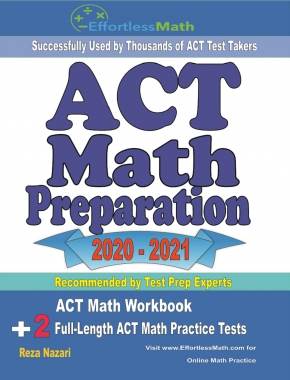
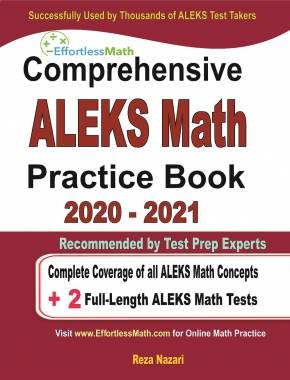

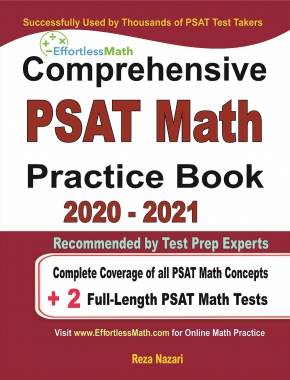
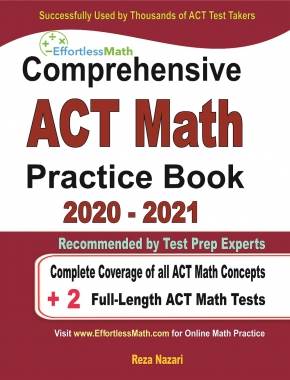
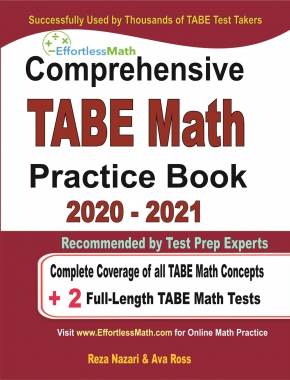
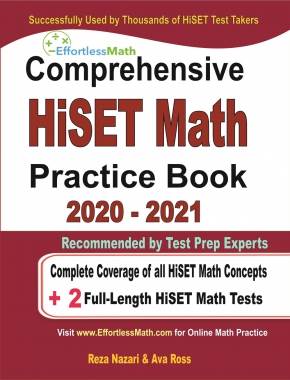
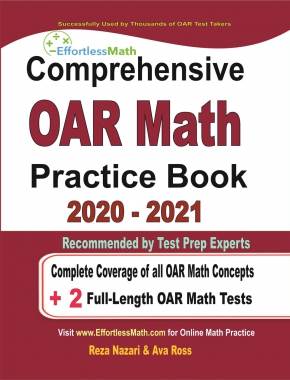
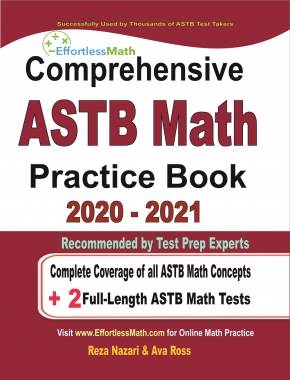
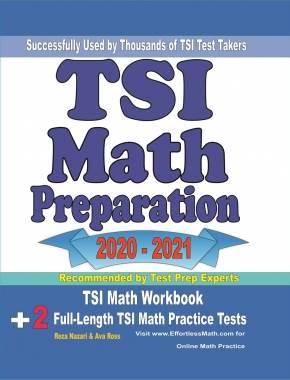
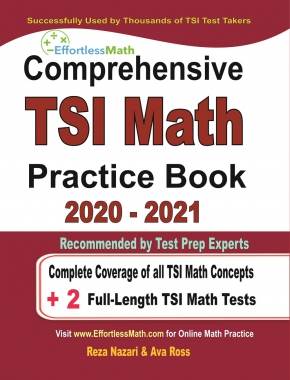
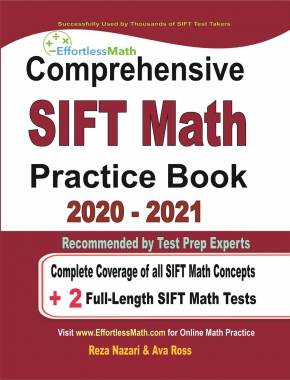
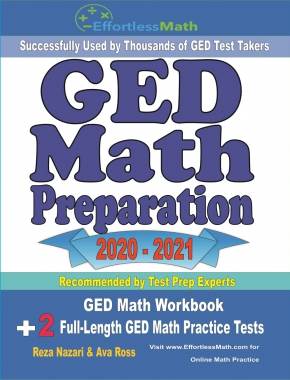
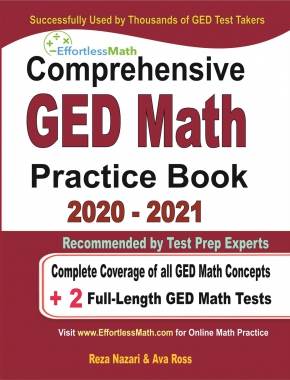



















What people say about "The Math Behind Fair Play: Exploring Random Number Generators and Statistical Testing - Effortless Math: We Help Students Learn to LOVE Mathematics"?
No one replied yet.